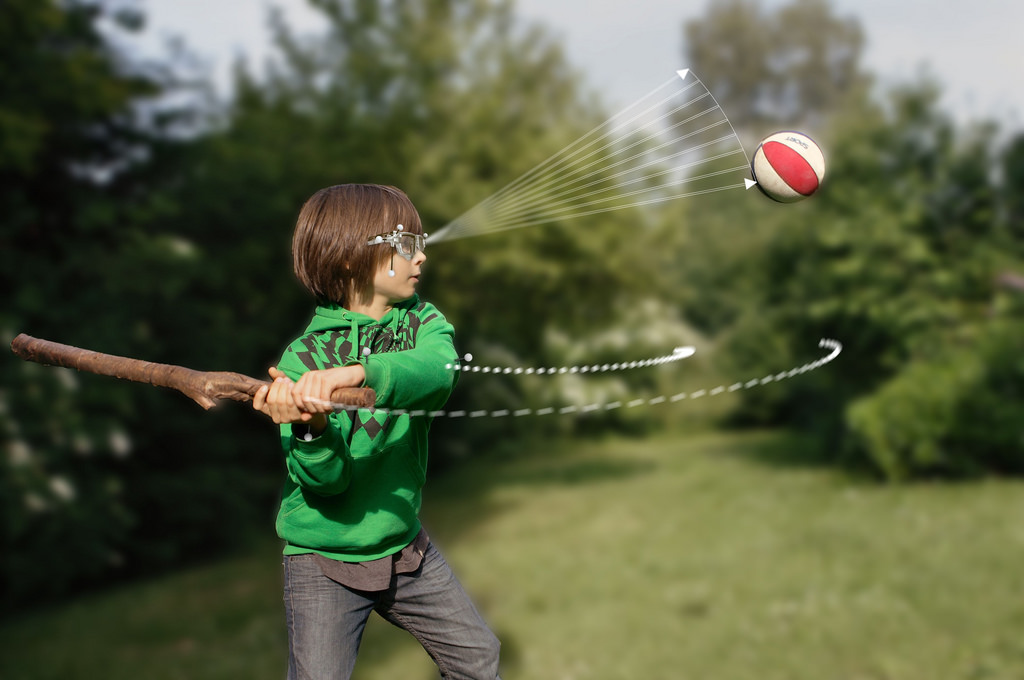Coordination is the body’s ability to perform smooth and efficient movements. Good coordination requires the athlete to combine multiple movements into a single movement that is fluid and achieves the intended goal. This is contrary to what many people first think of, which is hand-eye coordination which refers to the relationship between eye movements and hand movements, so that our hands make an intended movement in response to our eye movement, usually tracking a ball or something similar.
Coordination is about our motor skills and can be broken up into fine or gross motor skills. Fine motor skills are about our coordination in relation to small movements and the ease they are performed. An example of a fine motor skill in sport is the snooker shot. Conversely, gross motor skills involve large movements and muscle groups. Examples of gross motor skills include walking, kicking, jumping and much more.
C0rdination ties in closely with movement efficiency, as is clear from the definition above. You could almost say that coordination is movement efficiency. However, the more coordinated a person is the move efficient their movement. This then allows for better performance. The coordinated person is able to save energy with their movements and therefore can last longer at higher workloads than less coordinated people.
Coordination also includes hand-eye coordination and foot-eye coordination. This type of coordination relates to the movement of the hands or feet in response to eye movement, as it tracks moving objects or people. Someone with good hand-eye coordination is going to be more successful at throwing, catching, and hitting. This enables them to be more successful in sports such as netball, basketball, tennis, cricket, baseball, NFL, AFL, hockey, rugby codes and much more. Good foot-eye coordination will mean better success in kicking, controlling, and stopping objects with your feet. This is particularly useful in sports such as football, or cane ball.
Tests of coordination will only predict performance so far as the test relates to the performance. For example, the common ball toss test for hand-eye coordination will help identify people who have good hand-eye coordination, but this does not mean they will be a good cricket player and may have no relation to their ability on a football field. The test will need to be specific to the sport, and encompass the many aspects of coordination used in the sport in order to improve the test’s ability to predict performance.

